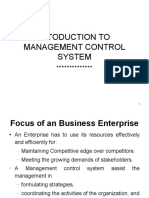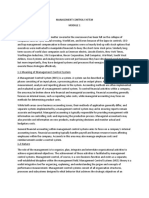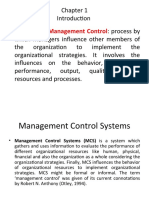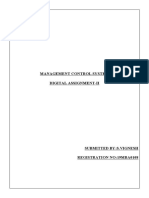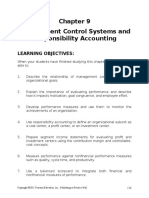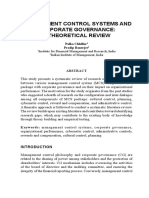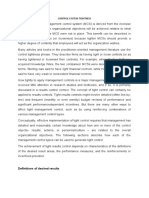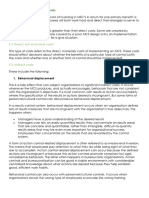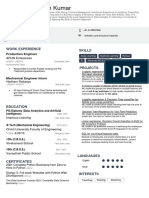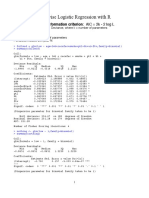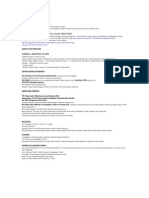0% found this document useful (0 votes)
22 views47 pagesManagement Control Systems Lecture 2
SU Management control systems lecture 2
Uploaded by
Juan IglesiasCopyright
© © All Rights Reserved
We take content rights seriously. If you suspect this is your content, claim it here.
Available Formats
Download as PDF, TXT or read online on Scribd
0% found this document useful (0 votes)
22 views47 pagesManagement Control Systems Lecture 2
SU Management control systems lecture 2
Uploaded by
Juan IglesiasCopyright
© © All Rights Reserved
We take content rights seriously. If you suspect this is your content, claim it here.
Available Formats
Download as PDF, TXT or read online on Scribd
/ 47





